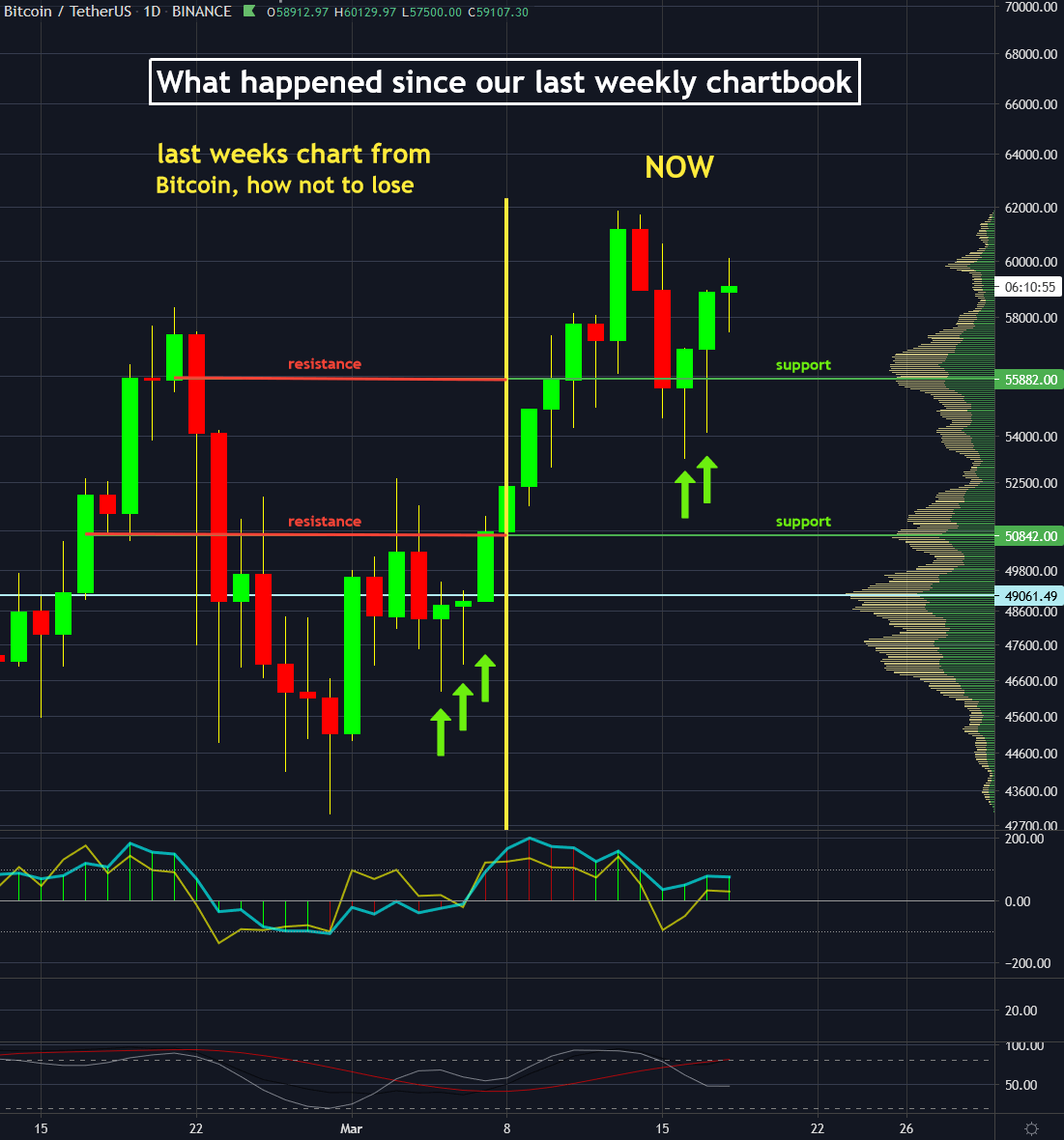The Crypto Market Pulse: Uncovering The Hidden Patterns That Drive Price Swings
The Crypto Market Pulse: Uncovering the Hidden Patterns that Drive Price Swings

- The Wild West Of Crypto Trading: Mastering Decentralized Exchanges
- The Evolution Of Trading: How Decentralized Exchanges Are Redefining The Future
- Crypto Investing In A Volatile Market: Staying Ahead Of The Curve
- Crypto Conundrum: Unraveling The Bitcoin Vs Ethereum Investment Puzzle
- Decentralization: The Blockchain Buzzword That’s Changing The Game
Imagine having a crystal ball that reveals the emotions and expectations of the entire crypto community. You could predict with uncanny accuracy which coins will skyrocket and which will plummet. Welcome to the world of sentiment analysis, where understanding the collective mindset of traders and investors holds the key to unlocking profitable trading opportunities.
In the crypto market, prices can swing wildly, driven by waves of fear, greed, and uncertainty. But beneath the surface of these market movements lies a complex web of emotions and opinions. By tapping into this sentiment, you can gain a unique perspective on market trends and make more informed trading decisions.
So, how do you tap into the pulse of the crypto market? The answer lies in analyzing the sentiment of various stakeholders, including traders, investors, developers, and the broader community.
Monitoring Social Media and Online Forums
Social media platforms, online forums, and messaging apps are the heartbeat of the crypto community. Here, you can find real-time discussions, debates, and opinions on various cryptocurrencies. By analyzing these conversations, you can gauge the collective sentiment and identify potential market trends.
Look for platforms like Twitter, Reddit (r/CryptoCurrency and subreddits dedicated to specific coins), Telegram, and Discord. These channels are often filled with passionate discussions, and by participating or simply observing, you can gain valuable insights into the minds of traders and investors.
Analyzing Sentiment Metrics
To quantify sentiment, you can use various metrics, such as:
- Sentiment scores: Assign a score based on the tone of conversations (positive, negative, or neutral).
- Trend analysis: Identify patterns and trends in sentiment over time.
- Buzz metrics: Measure the frequency and volume of discussions around specific coins or topics.
By tracking these metrics, you can visualize the sentiment landscape and make more informed trading decisions.
The Power of Surveys and Polls
Surveys and polls provide a unique snapshot of sentiment at a particular point in time. By participating in or analyzing these surveys, you can gain insight into the thoughts and opinions of the broader community.
For example, if a survey reveals that a large percentage of traders expect a particular coin to rally, it may indicate a potential buying opportunity. Conversely, if a survey shows widespread bearishness, it could be a sign to take profits or adjust your trading strategy.
The Role of Mainstream Media
Mainstream media plays a significant role in shaping public opinion and sentiment. By monitoring news articles, headlines, and analyst comments, you can gauge the overall tone and sentiment of the media.
Keep an eye on news outlets like CNBC, Bloomberg, and CoinDesk, as well as prominent analysts and influencers. Their opinions and predictions can significantly impact market sentiment and, in turn, influence price movements.
The Importance of Developer Sentiment
Developers are the backbone of any cryptocurrency project. By analyzing their sentiment, you can gain insight into the project’s health, potential, and future prospects.
Monitor developer activity on platforms like GitHub, Bitcointalk, and cryptocurrency forums. A positive sentiment among developers can be a bullish sign, indicating a commitment to the project’s success.
Incorporating Sentiment Analysis into Your Trading Strategy
By analyzing sentiment from various sources, you can create a comprehensive picture of the market’s emotional state. Here’s how to incorporate sentiment analysis into your trading strategy:
- Use sentiment as a contrarian indicator: If sentiment is overwhelmingly bullish, it may be a sign to take profits or adjust your position. Conversely, if sentiment is excessively bearish, it could be a buying opportunity.
- Combine sentiment with technical analysis: Use sentiment analysis to validate or contradict technical indicators, such as trend lines, moving averages, and RSI.
- Monitor sentiment shifts: Identify changes in sentiment and adjust your trading strategy accordingly.
